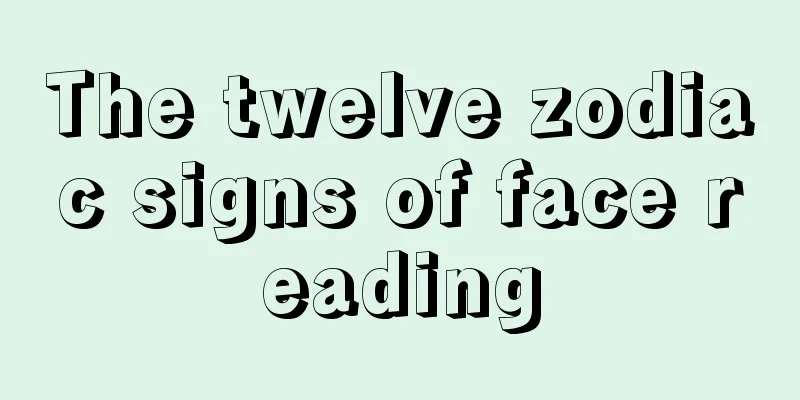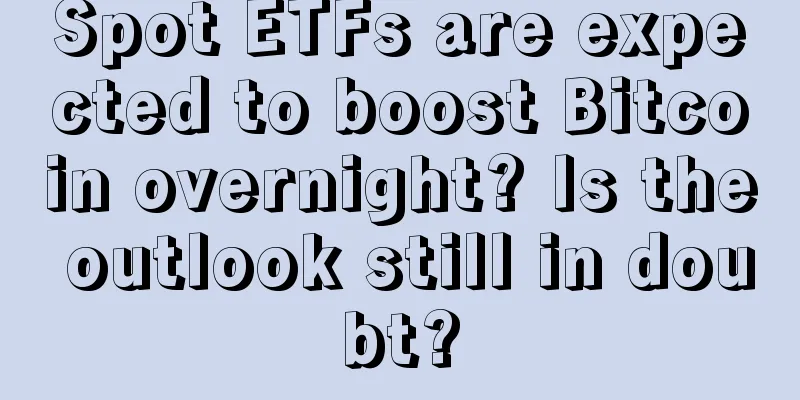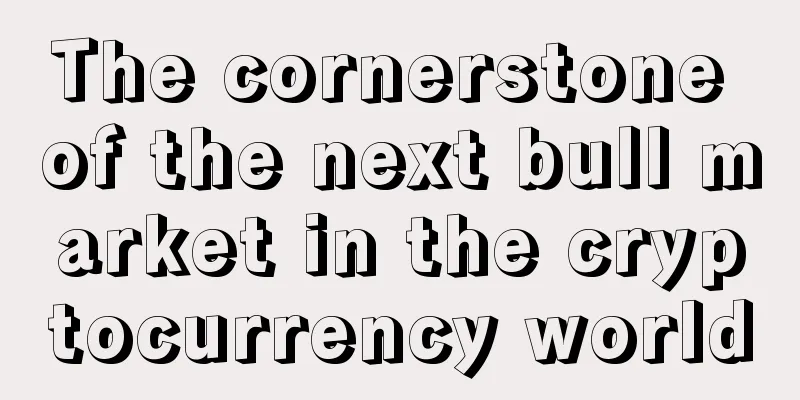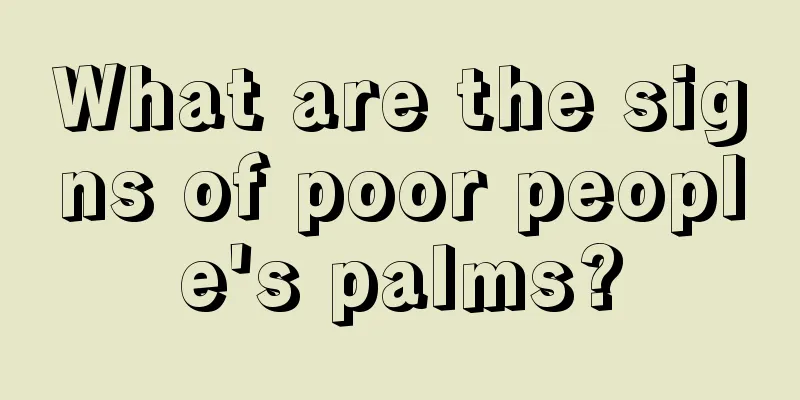The core banking system is too complex, and blockchain is more suitable for interbank systems
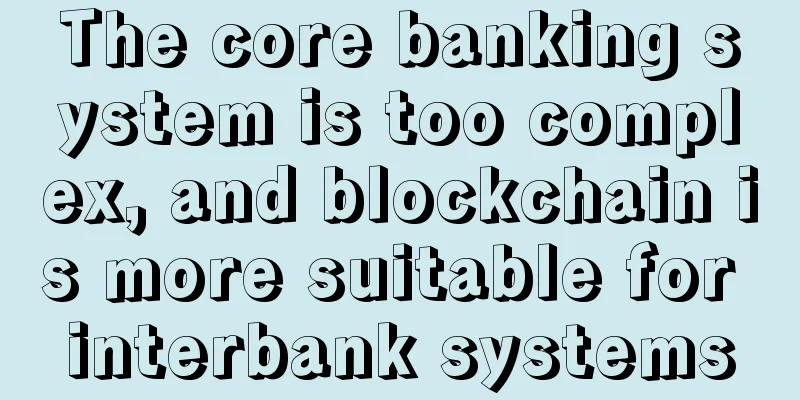
|
David Pinski is Chief Strategy Officer at Hitachi Financial Innovation Lab’s Global Social Innovation Center. Core banking systems are becoming increasingly difficult and costly to maintain in the digital age, and some see blockchain as the antidote to the problem. For example, a London startup recently revealed that they have been working on a blockchain-based core banking system for the past two years. This announcement has attracted a lot of attention, and I have argued in many conversations what a blockchain-based core banking system would look like and whether it can improve core banking systems. Although the concept of blockchain + banking core system sounds good, distributed ledger technology is initially more suitable for disrupting interbank systems rather than core banking systems. Although most core banking systems were designed decades ago, they were built for speed. Today, these systems generally work reliably. Core banking systems also support thousands of business rules and functions, including complex regulatory compliance functions. It is a large undertaking to fully understand the current state and design any type of replacement. In a blockchain model, banks can use distributed ledger technology for the critical functions of ledgers (particularly balances) and transactions. The ability of blockchain to timestamp transactions can serve as a more authoritative method of recording transactions, rather than today's relational databases that can be accessed and manipulated. The additional security of blockchain can prevent bad actors within the bank from manipulating accounts at the database level. However, if blockchain is only an internally designed function, then transactions with external accounts will not extend beyond the host bank. This cryptographic verification cannot be truly end-to-end unless the various people doing the various transactions turn to the blockchain. Internal blockchain transactions will lose some of the security advantages compared to regular external transactions (such as ACH or Swift) or public ledger blockchain transactions. Because banks record as much transaction metadata as actual ledger directories, I assume that any core banking system that relies on a blockchain also has some kind of relational database running in parallel with the blockchain. Otherwise how do you know the name of the account involved, the token of the transaction, the location of the ATM, the location of the merchant, or perhaps a check image? The tax code and interest business rules alone take up millions of lines of code and transaction data. Another problem is the conversion of historical bank transaction records. How do you display these transactions on the blockchain? Since the blockchain represents a series of related events, it will be a very complicated task to figure out how to convert these transactions. Perhaps the simple data solution is to separate the blockchain records from the original transaction records and query their records at the same time when querying. Of course, this means increasing the technical difficulty and will only increase the cycle cost of the solution. Similar to a banking merger or migration, a blockchain conversion project could take years and cost hundreds of millions of dollars , depending on the size of the bank. Processing speed is also an issue that needs to be addressed. Bitcoin can only record about seven transactions per second; settlement times currently exceed 40 minutes and are likely to increase. Hyperledger, while faster than Ethereum, still cannot handle the processing speeds required by large banks or credit card processors. Banks could address this challenge by initially processing transactions using a more traditional relational database, then letting the blockchain record transactions at its own speed. But the bottom line is this: new core blockchain banking systems will be as complex as existing systems. Imagine creating a new core system on top of a relational database with millions of lines of code to handle every business rule, but then layering it onto a blockchain to manage all ledgers and transactions. In terms of cost and complexity, it’s hard to justify the benefits of this approach. When I think of blockchain and banks, the first thing that comes to my mind is the application of blockchain in the interbank system. Blockchain creates a great public record of transactions. Using a cryptographic system instead of a batch file system (like ACH) or even a messaging system (like Swift or Fed Wire) would have many benefits, such as improved settlement times and transaction reliability. It would also provide banks with a public record of transactions that everyone can verify. Improving the flow of funds could save banks and their customers a lot of money. For large, risk-averse banks, the move to a new core banking system will be a big decision—one they will have to make sooner or later. So, are the benefits of blockchain to core banking systems worth the unknown risks? I look forward to finding out. |
<<: Coin Zone Trends: Bitcoin Price Trends Based on Big Data This Week (2016-11-03)
>>: The feud between Bitcoin users and developers
Recommend
Mining fraud and its prevention
The principle of mining by a mining machine: conn...
Does a mole on the nose have any effect on us?
Our life journey is neither long nor short. Every...
There are 4 ways that men with no money look like. Men with these looks have bad luck with money.
Everyone hopes to become rich and live a good and...
Full disclosure of chip production capacity in 2021: China's top three companies Shenma and Canaan have quietly changed
Wu said author | Colin Wu Editor of this issue | ...
What are the conditions for a wealthy and noble appearance?
It is said that life and death are determined by ...
Which parts of your body have moles?
People with moles in certain positions are destin...
The face of a woman who can be easily bought by money
The face of a woman who can be easily bought by m...
What does a man without ambition look like? It is difficult for a man to succeed
In life, we can see that some men are really cowa...
CHIA Mining Process
Chia Parameters Name: Chia Chinese name: Chia Abb...
Major holders ready to liquidate? Bitcoin faces potential selling pressure
Bitcoin (BTC) faces potential selling pressure as...
What is the view on money of people with small earlobes? Are you generous?
Different people have different views on money. S...
Palmistry to tell who is a playboy
Palmistry to tell who is a playboy 1. There are m...
What does the triangle in the palm lines mean? What are the effects of palmistry?
The characteristics of palmistry can also have a ...
As miners flee, will Bitcoin prices reach new peaks?
Original author: medium-coinmonks Original transl...
Is palm reading accurate? What factors are related to the results
Our hands not only make our lives more convenient,...




